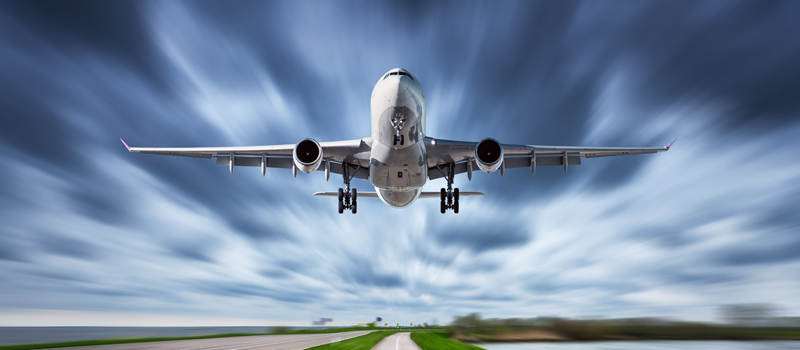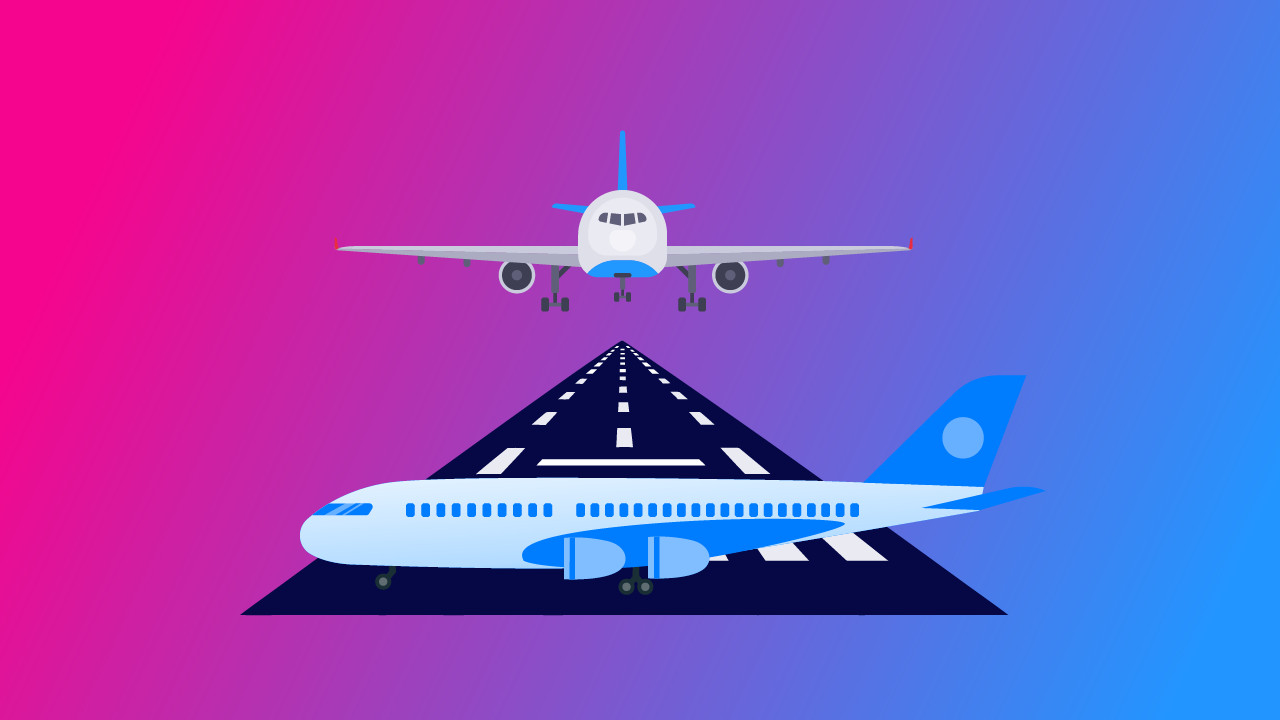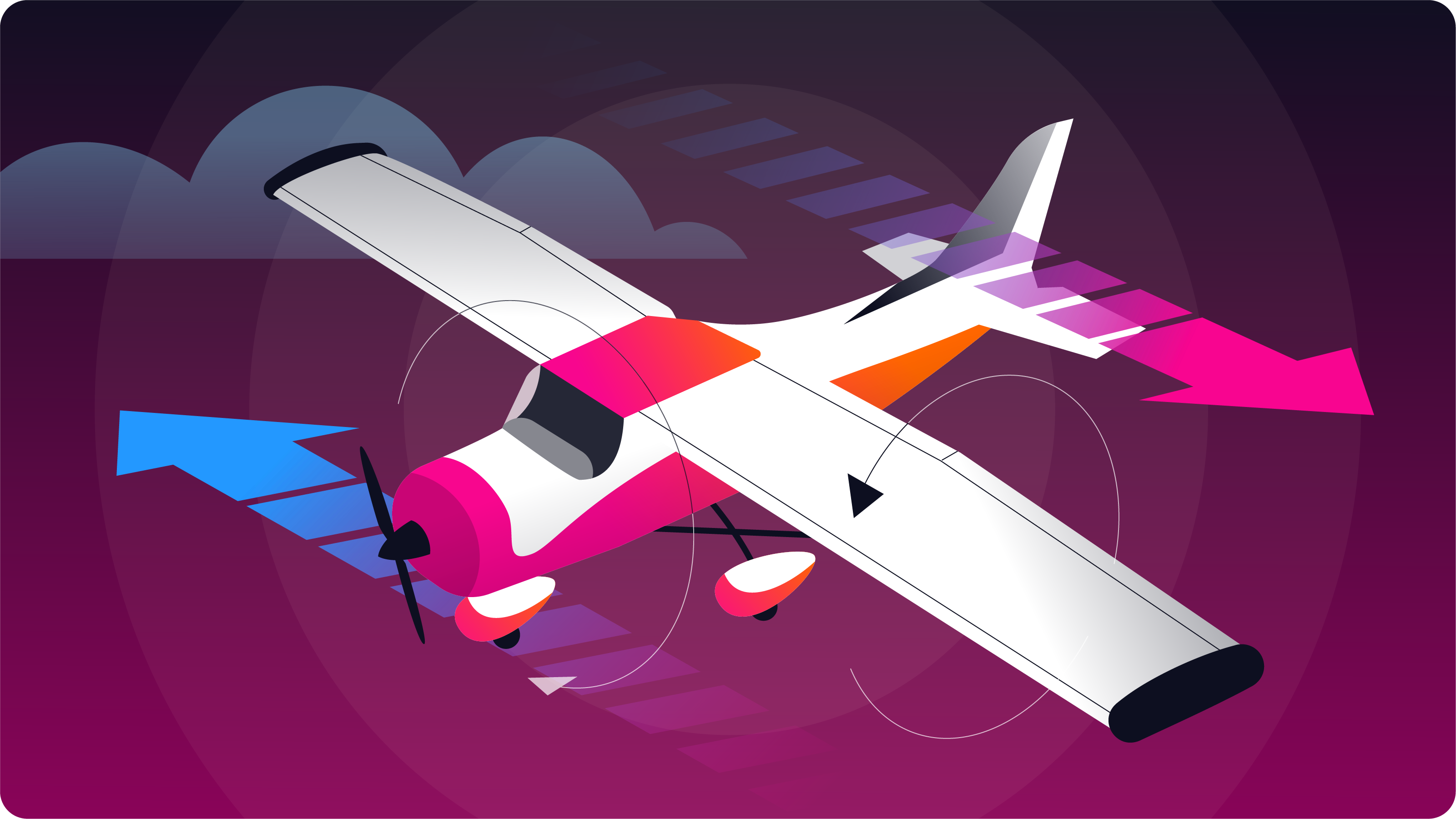Wind is one of the main factors affecting an aircraft’s flight. Indeed, on windy days airline passengers often worry about their flight, wondering if it can safely take place. Usually it can, for wind rarely affects a commercial flight to any great extent. In addition, the ways in which wind can affect a flight depend not only on the wind speed, but also on its direction and the type of plane being discussed.
Commercial airliners in general can usually cope with fairly strong winds, especially if they are taking off and landing into wind. But the same is not true for light aircraft, such as those flown by private pilots. Here the wind speed can have a great deal of effect, and may quite often prevent the flight taking place.
So both pilots and passengers need to know about wind and the effect of wind speed on an airplane. Let us now take a look at what wind speed actually means for a plane in real life situations.
Why should wind speed affect an airplane?
You might possibly wonder why wind speed should affect a plane at all. The reason is that since an aircraft very rarely travels in exactly the same direction as the wind. So in order for it to maintain its desired course during flight, it is necessary for it to continually compensate for both wind direction and wind speed. Even though an aircraft has its own means of propulsion, the speed and direction of the wind can significantly alter its progress through the air. This is often referred to as ‘wind effect’. Keeping an aircraft on its intended flight path through the air is therefore determined both by the forward motion or thrust of the aircraft through the air, and the natural movement of that air, ie the wind.
There are three main wind types. A headwind is wind blowing directly towards the front of the aircraft. A tailwind is wind blowing directly towards the rear of the aircraft. A crosswind is a wind blowing in any other direction than a headwind or tailwind. These three wind types affect the aircraft in different ways.
What wind strength affects a commercial airplane?
Although wind speed is rarely a problem for commercial airliners, there is a limit to what they can cope with. The main problem is strong crosswinds, that is, horizontal winds approximately at right angles to the direction of takeoff and landing. If these are more than around 35-40 miles per hour, it may be quite difficult for the aircraft to take off, and departure may be delayed for a while.
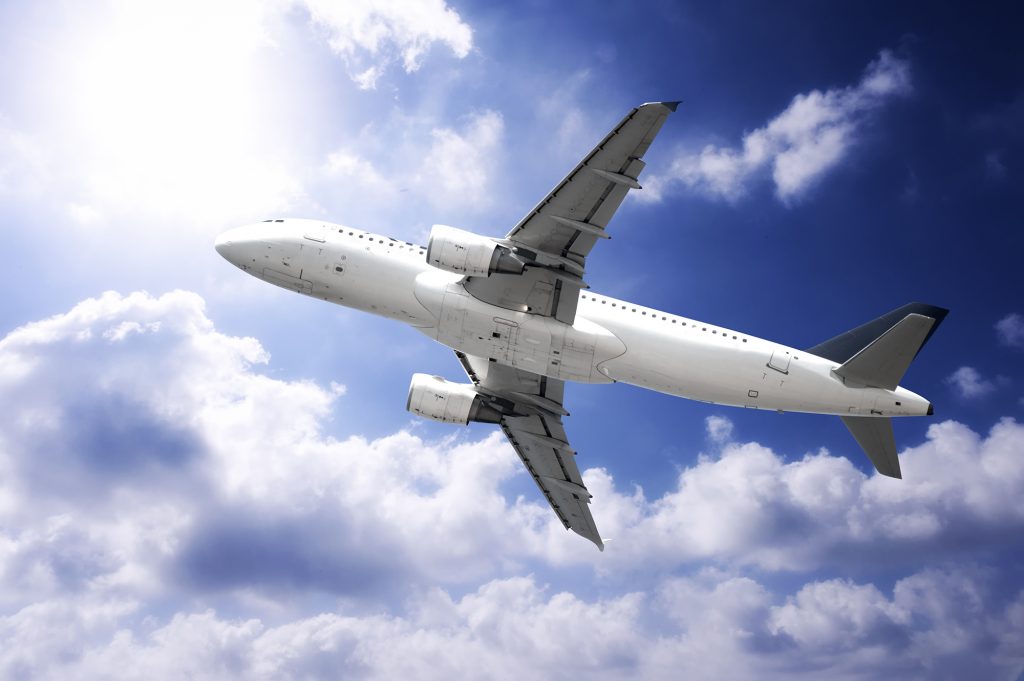
In any case, there are wind limits for opening and closing the aircraft doors – around 50 miles per hour – and no pilots would attempt to taxi and depart in such conditions.
There is no headwind limitation for most commercial aircraft for takeoff, and therefore there is no maximum overall limit for takeoff, or for landing. In fact, strong headwinds can be useful, as they provide more lift for the aircraft. So the plane may need less distance for both takeoff and landing in a strong wind.
Passengers tend to worry about strong winds during flight, but the reality is that wind speed during cruise flight has little or no effect on a plane. The only thing a strong wind may do is affect the length of time the flight will take. If you have a strong headwind, it can slow down a flight. The opposite is true of a strong tailwind, and this may mean the flight takes longer than expected.
What is the effect of different wind directions?
As explained above, winds in the direction in which the aircraft is traveling have little or no effect, other than altering the amount of time a flight will take. But crosswinds are a different matter, and strong crosswinds do make takeoff and landing more difficult. But in the case of a commercial airliner, they really do not have that much effect in practise. Pilots are trained to handle crosswind takeoffs and landings, and although videos of crosswind landings may look dramatic, in fact they rarely cause problems.
Can strong winds cause aircraft accidents?
As stated above, wind strength by itself is not dangerous. Pilots are well trained in controlling aircraft during windy conditions and they understand the limitations of their aircraft and how to handle it in strong winds.
However, gusts of wind that change direction quickly and abruptly can be dangerous, particularly on takeoff and landing. A sudden change in headwind or tailwind causing rapid changes in lift to the aircraft is known as ‘wind shear’, and it is one of the worst wind effects to experience. Wind shear has been thought to be a contributory factor in some aviation accidents, but there are almost always other risk factors involved as well. So in general wind speed in and of itself is not a cause of aircraft accidents.
What about light aircraft?
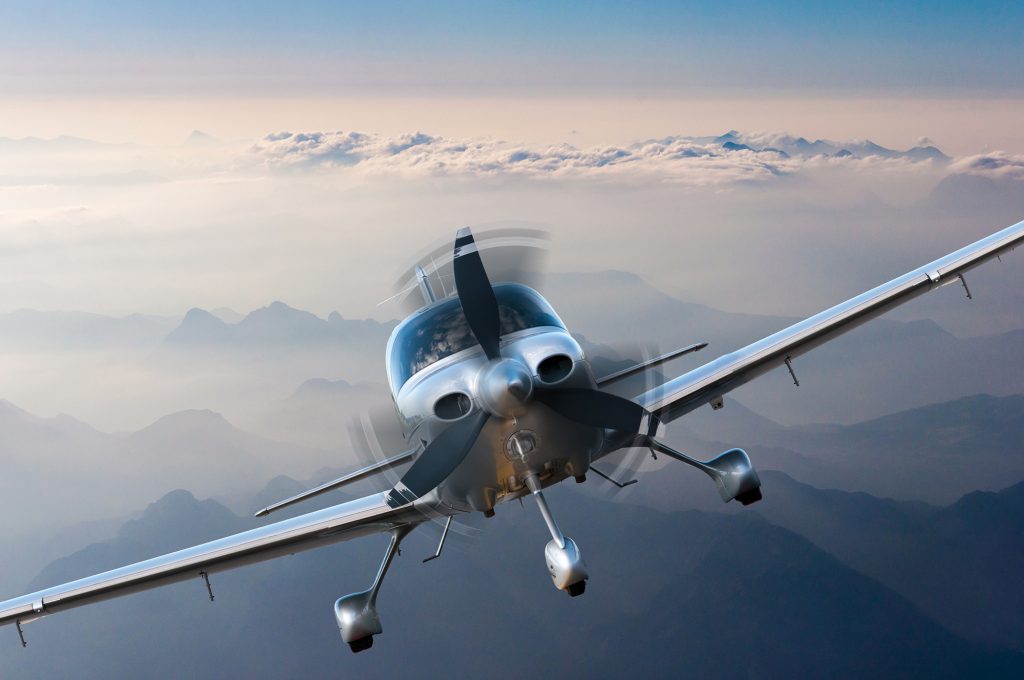
Although in theory winds have the same effect on light aircraft as on larger ones, in practice things are somewhat different. Light aircraft such as those flown by private pilots are much smaller and lighter, and they can therefore be blown around far more easily by gusts of wind. For this reason winds can be far more dangerous for light aircraft.
When strong winds blow, the risks increase for light aircraft operations. One of the main causes of light aircraft accidents is loss of directional control during takeoff and landing in windy conditions. In fact, the Air Safety Foundation’s General Aviation Weather Accident Safety Review shows that over an 11 year period the National Transportation Safety Board identified wind as a primary cause of more than 2,800 accidents. So light aircraft pilots do need to be careful, and treat windy conditions with respect.
With reasonable proficiency, most private pilots can handle surface winds of up to about 20 miles per hour. However, the direction makes a lot of difference, and flight instructors find that one of the most difficult lessons to teach is crosswind landings. Private pilots need to be aware of their own experience and limitations when it comes to flying in stronger winds, and also the limitations of their aircraft – tailwheel aircraft, for example, are harder to handle in stronger winds.
Conclusion
Wind speed most definitely has an effect on all types of aircraft, but it is not something that either pilots or passengers need to worry about. All pilots check the weather before flight, and wind speed and direction is one of the reasons they do so. So it is simply something which everyone involved in a flight needs to be aware of.
